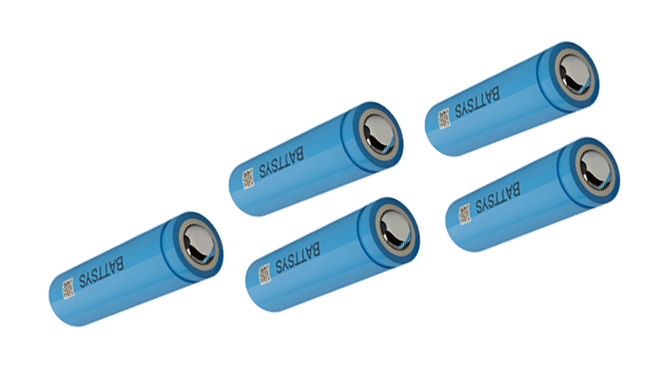18650 lithium battery charging and discharging test.
The so-called overdischarge refers to the situation where the battery discharges its internal stored power, and the voltage drops to a certain value before continuing to discharge, resulting in overdischarge. The discharge cut-off voltage is usually determined based on the discharge current, which is the critical voltage value to determine whether there is over discharge. For a 3.7V lithium battery, the 0.2C-2C discharge is generally set at 3.0V, and for discharges above 3C, such as 5C or 10C discharge, it is set at 2.4V.
Overdischarging of batteries often brings catastrophic consequences, especially high current overdischarging or repeated overdischarging, which has a greater impact on the battery's electrical performance. This is like a person losing three to five hundred milliliters of blood at once, which does not affect their physical health, but once the blood loss is too much, their normal bodily functions cannot be maintained, and to a certain extent, they will die. For batteries, overdischarging can cause an increase in internal pressure and damage the reversible function of positive and negative active materials. Even with charging remedies, it is difficult to fully recover. Naturally, the capacity significantly decreases, and when it decays to a certain extent, the battery "dies" and there is no way to revive it.

E-Mail: inquiry@fentbattery.com
Tel: 0086 20 3901-1403
Address: No.3, Dongli Road, Xili, Dongyong Town, Nansha District, Guangzhou City, China
Copyright@ China lithium ion battery manufacturers & suppliers & producers | Lithium Battery Factory & Company-BATTSYS Sitemap